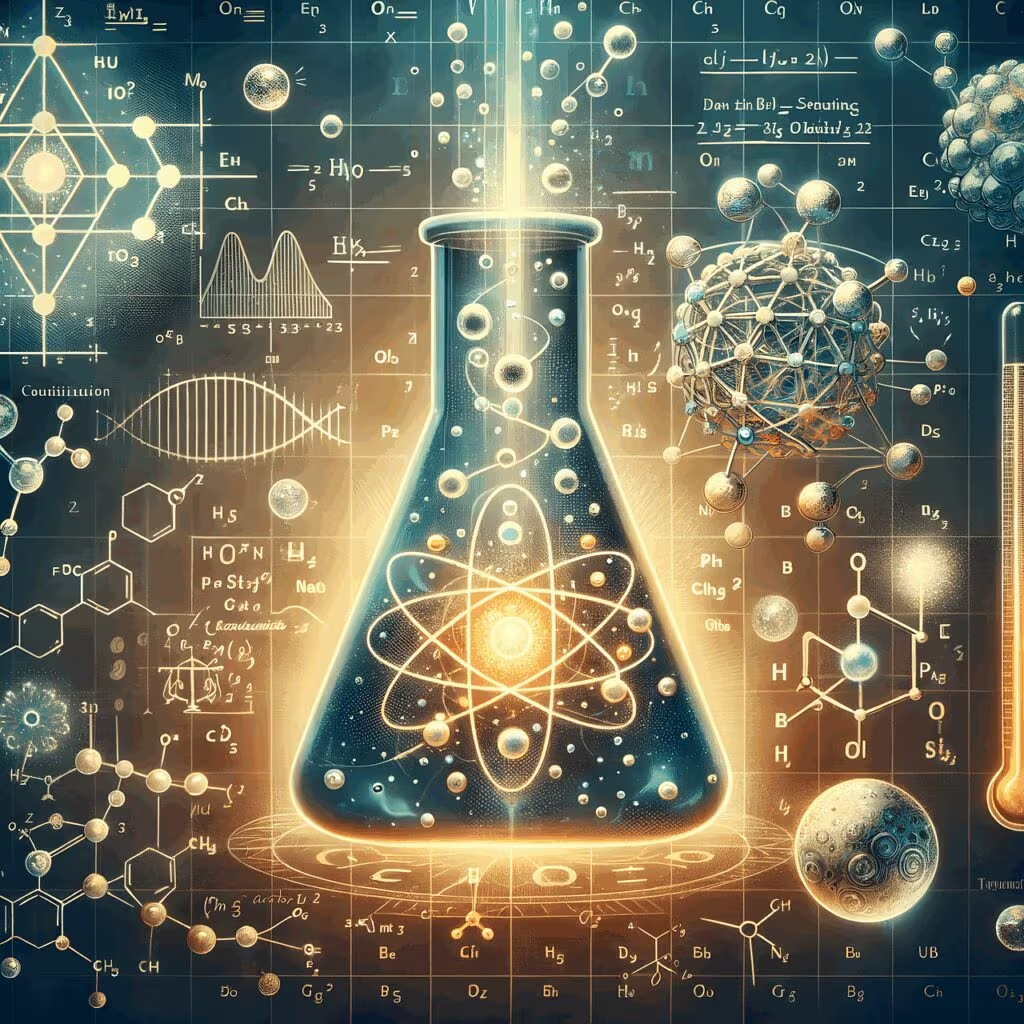The Green Catalyst Revolution: Replacing Toxic Metals with Abundance
For decades, the cutting edge of light-driven chemical synthesis—a process known as photocatalysis—has been shackled to a handful of expensive, rare, and often toxic elements. However, a significant breakthrough in materials science has demonstrated that one of the most common metals on Earth, manganese, possesses the unusual power required to drive these complex reactions, signaling a massive shift toward sustainable industrial chemistry.
Researchers have successfully engineered a novel manganese-based complex that can efficiently replace traditional photocatalysts made from ruthenium or iridium. This development promises to revolutionize the manufacturing of pharmaceuticals, fine chemicals, and advanced materials by making these processes cheaper, safer, and environmentally sound.
The Problem with Precious Metals in Photocatalysis
Photocatalysis is a highly desirable method for chemical manufacturing because it uses visible light—often derived from solar energy—to initiate reactions, eliminating the need for high temperatures, extreme pressures, or harsh chemical reagents. This makes the process inherently greener.
However, the catalysts required to absorb light and transfer that energy to the reacting molecules have historically been limited to the platinum-group metals, specifically ruthenium (Ru) and iridium (Ir). While highly effective, these elements present critical drawbacks that hinder their widespread industrial adoption:
- Scarcity and Cost: Ruthenium and iridium are extremely rare, leading to volatile pricing and high production costs for any chemical process relying on them.
- Toxicity: Certain compounds of these metals can pose environmental and health risks, complicating waste disposal and manufacturing safety protocols.
- Supply Chain Vulnerability: Their limited geographical distribution creates geopolitical risks and unstable supply chains, making large-scale industrial application impractical.

The Challenge of Manganese
Scientists have long sought alternatives, focusing on abundant transition metals like iron, copper, and manganese. Manganese, the 12th most abundant element in the Earth’s crust, is an ideal candidate. The difficulty, however, lies in its electronic structure. Unlike ruthenium and iridium, manganese complexes typically struggle to absorb visible light effectively and, crucially, fail to maintain the necessary excited state long enough to transfer energy efficiently to the substrate molecules.
Manganese: Abundance Meets Efficiency
The breakthrough lies in the precise molecular architecture of the new manganese complex. Researchers designed a specific ligand—the molecule that binds to the central manganese atom—which stabilizes the metal in its highly reactive, light-activated state. This clever design overcomes the inherent electronic limitations of manganese.
Key characteristics of the new manganese catalyst include:
- Ease of Synthesis: The complex is straightforward to produce in large quantities, requiring only basic chemical precursors and standard laboratory techniques.
- High Efficiency: The catalyst demonstrates performance comparable to, and in some cases exceeding, its ruthenium and iridium counterparts in specific reaction types, such as the synthesis of complex organic molecules.
- Stability: The complex maintains its catalytic activity over multiple reaction cycles, a critical factor for industrial viability.
- Non-Toxicity: Manganese is biologically essential (though toxic in very high doses), and the complex itself is significantly safer and easier to handle and dispose of than heavy metal alternatives.
This innovation moves the field of photocatalysis from the realm of niche, high-cost research into a viable, large-scale industrial tool.
How the Manganese Catalyst Works
The core function of a photocatalyst is to act as a light antenna and an electron mediator. The process involves three main steps:
- Light Absorption: When exposed to visible light, the electrons within the manganese complex absorb the energy and jump to a higher energy level, creating an excited state.
- Energy Transfer: The complex, now highly energized, interacts with the surrounding chemical reactants (substrates). It either donates or accepts an electron, initiating a chain reaction that forms the desired product.
- Regeneration: The catalyst returns to its original, ground state, ready to absorb another photon and repeat the cycle.

The specific ligand structure developed by the research team is crucial because it controls the redox potential of the manganese center, fine-tuning its ability to transfer electrons precisely where and when needed, and preventing the excited state from decaying too quickly.
“This work demonstrates that we don’t need to rely on the periodic table’s rarest corners to achieve high-performance catalysis,” stated one of the lead researchers. “By intelligently designing the molecular environment, we can coax common elements into performing extraordinary chemical feats.”
Implications for Sustainable Chemistry and Industry
The successful deployment of manganese as a high-performance photocatalyst has profound implications across several sectors, driving the global push toward Green Chemistry Principles.
1. Pharmaceutical Manufacturing
Many complex drug molecules require highly selective and precise synthetic steps. Using light-driven manganese catalysis allows pharmaceutical companies to:
- Reduce Waste: Eliminating toxic metal residues and harsh solvents.
- Lower Costs: Significantly cutting the expense associated with rare metal catalysts.
- Improve Safety: Operating under milder conditions (ambient temperature and pressure).
2. Materials Science and Polymer Production
Photocatalysis is increasingly used in the production of specialized polymers and materials. Replacing rare metals with manganese opens the door for developing new, sustainable materials on a massive scale, particularly for applications in electronics and advanced coatings.
3. Environmental Remediation
Photocatalysts are vital for breaking down persistent organic pollutants in water and air, a process known as environmental remediation. A cheap, abundant, and non-toxic manganese catalyst makes these cleanup technologies more accessible and scalable for global use.

This transition aligns perfectly with the current industry trend of minimizing the environmental footprint of chemical production, moving away from resource-intensive methods toward energy-efficient, light-driven processes.
Key Takeaways
The discovery of a highly efficient manganese-based photocatalyst marks a pivotal moment in sustainable chemistry:
- The Replacement: Common, abundant, and non-toxic manganese can now effectively replace rare, expensive, and toxic metals like ruthenium and iridium in light-driven chemical reactions.
- The Mechanism: The success is due to a specifically designed ligand that stabilizes the manganese atom in its light-activated, high-energy state, enabling efficient electron transfer.
- The Impact: This breakthrough lowers the cost and environmental impact of synthesizing complex organic molecules, benefiting pharmaceutical manufacturing and materials science.
- The Future: The research validates the strategy of using intelligent molecular design to unlock the catalytic potential of abundant elements, accelerating the adoption of green chemistry globally.
Originally published: November 9, 2025
Editorial note: Our team reviewed and enhanced this coverage with AI-assisted tools and human editing to add helpful context while preserving verified facts and quotations from the original source.
We encourage you to consult the publisher above for the complete report and to reach out if you spot inaccuracies or compliance concerns.

